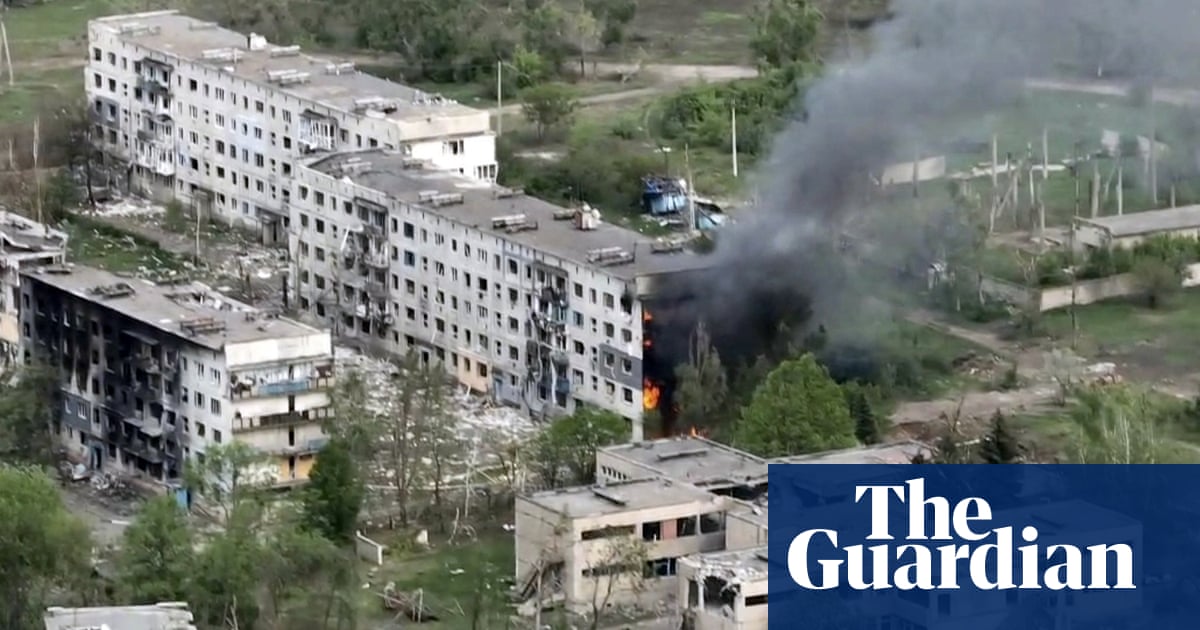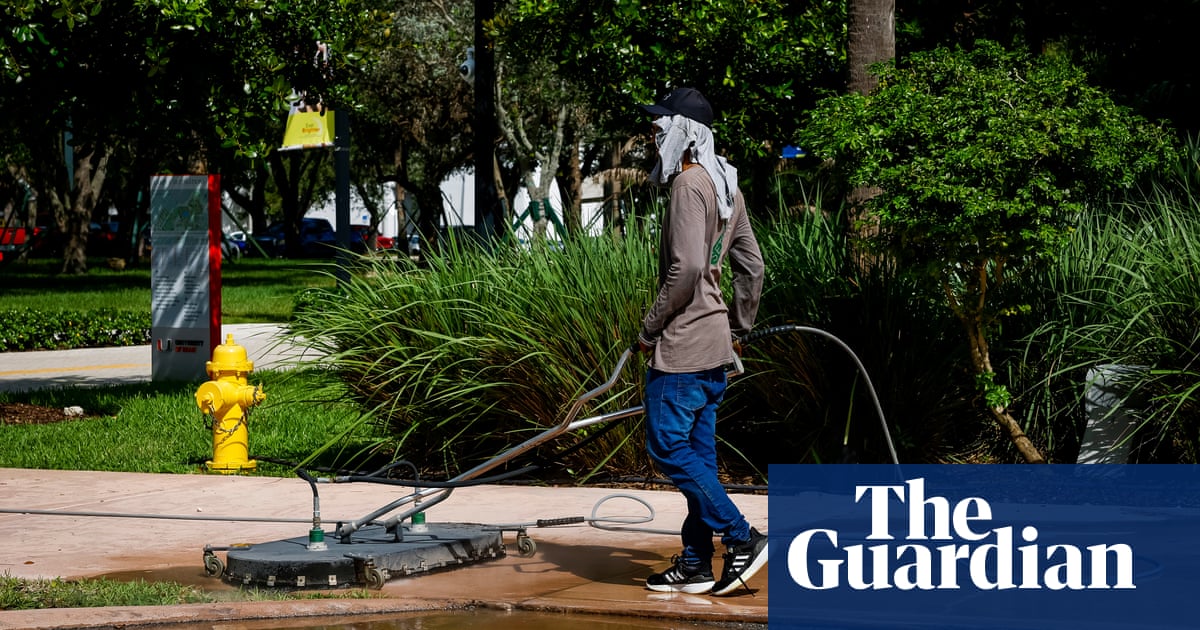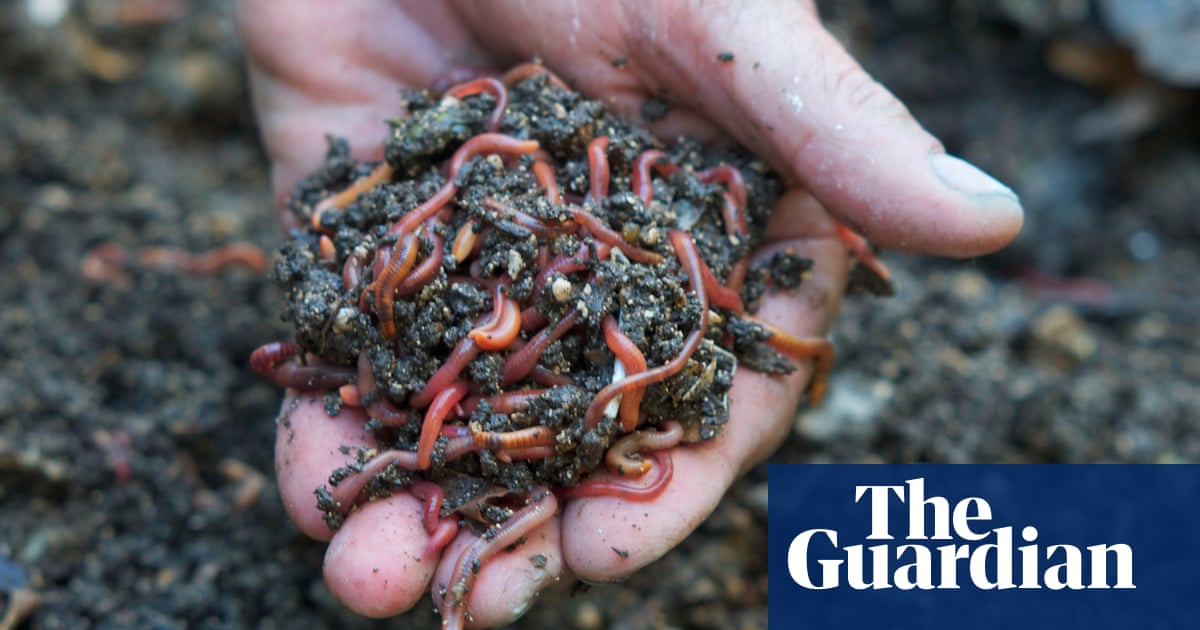Students demonstrating in solidarity with Gaza waved Palestinian flags and keffiyehs and chanted anti-war slogans during the University of Michigan’s commencement ceremony on Saturday.
Videos on social media showed students donning their graduation gowns as they appeared to chant: “Israel bombs, UMich pays!” and “How many kids have you killed today?” One photo showed a plane appearing to carry a sky banner over the university with the message: “Divest from Israel now! Free Palestine!”
According to the Associated Press, one banner read: “No universities left in Gaza.”
At one point, several graduates appeared to stage a walkout from the ceremony while carrying Palestinian flags and wearing keffiyehs as onlooking students applauded.
The protest, along with numerous other student-led protests across US universities, comes amid Israel’s deadly war on Gaza since Hamas’s October 7 attacks that killed more than 1,100 Israelis. In response, Israeli forces have killed more than 34,000 Palestinians across Gaza while leaving 2 million survivors displaced across the narrow strip amid a famine caused by Israeli restrictions on aid.
Israel has also destroyed every university in Gaza, in addition to killing at least 5,479 students, 261 teachers and 95 university professors, according to the UN, which has condemned Israel’s actions as “scholasticide”.
No arrests were reported during the University of Michigan ceremony, which comprised tens of thousands of attendees, the Associated Press reports, adding that as US navy secretary Carlos Del Toro addressed the crowd, he at one point said: “Ladies and gentlemen, if you can please draw your attention back to the podium.”
While administering an oath to the armed forces graduates, Del Toro said they would “protect the freedoms that we so cherish”, including “the right to protest peacefully”, according to the Associated Press.
On Monday, University of Michigan students set up a Palestinian solidarity encampment on campus in calls for the university to divest from companies with investments in Israel. The encampment was led by Tahrir, a coalition of more than 80 organizations including the university chapter of Jewish Voice for Peace and Students Allied for Freedom and Equality, the Michigan Daily reports.
Pictures online showed various hand-painted signs at the encampment including ones that read: “Faculty and staff for liberation” and “Apartheid isn’t kosher! Jews demand divestment!”
On Friday, police arrested a pro-Palestinian protester outside the University of Michigan’s Museum of Art, the Detroit News reports, adding that police used a chemical spray to disperse students. According to a university spokesperson who spoke to the outlet, a dinner was held at the museum on Friday to recognize those receiving honorary degrees from the university.
One video online appeared to show Sarah Hubbard, chair of the university’s board of regents, waving and appearing to film students from inside the museum as they chanted: “Regent Hubbard, you can’t hide, you are funding genocide!”
In recent weeks, more than 2,000 people have been arrested during Palestinian solidarity and anti-war protests on US college campuses. University leaders have been heavily criticized across the country for authorizing police forces to conduct arrests on campus, many of which have been carried out violently.
At Columbia University in New York, the Columbia Spectator reported police using stun grenades on the anti-war protesters while carrying out arrests. The Manhattan district attorney’s office confirmed that a police officer fired a gun during the arrests.
At the University of California, Los Angeles, videos online showed police in riot gear firing rubber bullets on campus, with anti-war student protesters saying that multiple people had been shot in the head.
Other videos surfacing online throughout the week showed multiple faculty members at various universities being violently arrested by police. In a post on X, Steve Tamari, a 65-year-old Middle East historian at Southern Illinois University at Edwardsville, said that he had been “body-slammed and crushed by the weight of several St Louis county police officers, then dragged across campus by the police”. In addition to broken ribs, Tamari said he sustained a broken hand.









